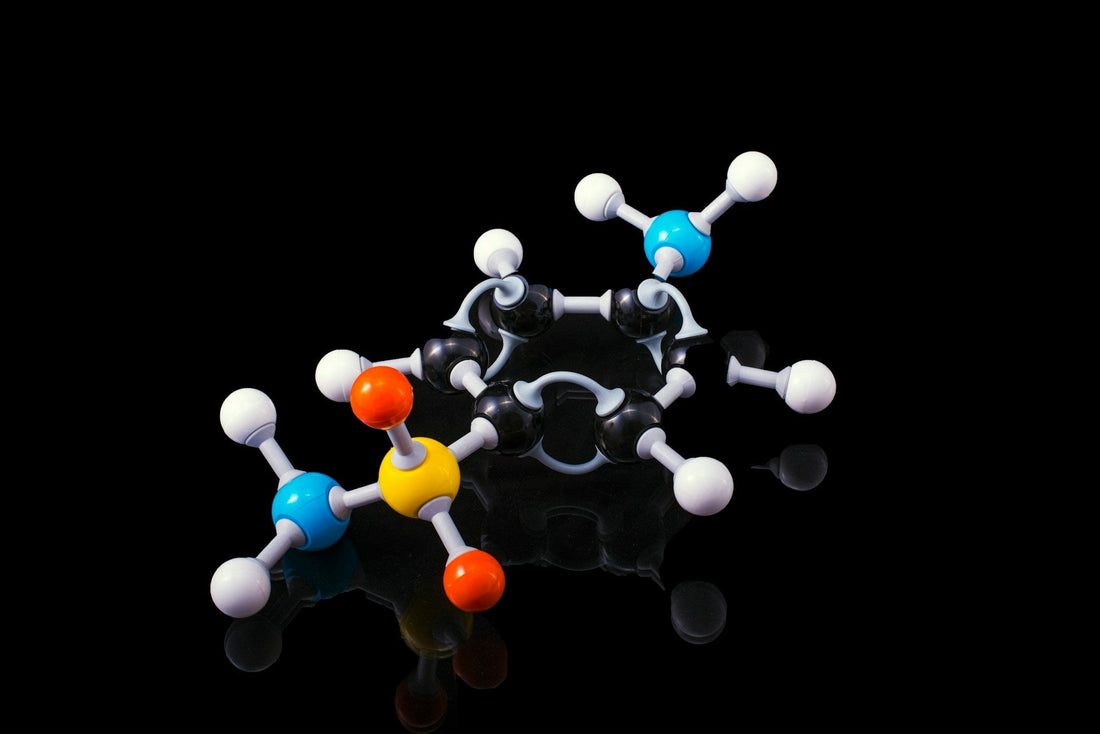Peptide Formation, Function, and Future Prospects
In biochemistry, "What is a peptide?" stands out as one of the fundamental questions essential to understanding life itself. But what exactly is a peptide? This article delves into the heart of what a peptide is, exploring their structure, formation, and significance in nature and scientific research, aiming to demystify this crucial biological entity for those who may be new to the concept.
What is a Peptide?
What is a peptide? A peptide is a biologically occurring chemical compound comprised of two or more amino acids linked together by peptide bonds. These bonds are a specific type of covalent bond known as an amide bond, which forms when the carboxyl group (C-terminus) of one amino acid reacts with the amino group (N-terminus) of another amino acid in a condensation reaction. In this process, a molecule of water is released. The bond created, a CO-NH bond, is the backbone of what is identified as a peptide, laying the foundation for a molecule that plays a pivotal role in various biological processes.
Derived from the Greek meaning "to digest," the term "peptide" reflects the compound's significance in digestion and beyond. What is a peptide in the context of biochemistry? It's integral to the structure and function of all living organisms, acting as enzymes, hormones, antibiotics, and more. They are the silent workers in the biochemistry of our bodies, facilitating processes that allow cells to communicate, grow, and respond to their environment.
The Formation of Peptide Bonds
What is a peptide bond? The formation of peptide bonds is a classic example of a condensation reaction in organic chemistry, where two molecules combine, resulting in the loss of a small molecule, which is often water. In the context of what peptides are, this reaction is a critical step in synthesizing proteins, with the peptide bond linking the building blocks (amino acids) into chains that can fold into complex shapes essential for biological function.
The reaction involves the amino group of one amino acid attacking the carboxyl group of another, leading to the formation of a dipeptide and the release of a water molecule. This process, repeated multiple times, creates polypeptides consisting of 50 or more amino acids. The distinction between peptides and proteins largely comes down to size and complexity, with proteins being larger and capable of forming complex structures.
The Role of Peptides in Nature and Research
Peptides occur naturally in every living organism, playing diverse roles. In the human body alone, thousands of peptides participate in processes essential for life, from regulating metabolism and immune responses to transmitting signals between cells. The versatility of peptides in biological functions stems from their ability to form diverse structures, enabling them to interact with various biomolecules.
What is a peptide's role beyond its natural occurrence? Scientists regularly synthesize peptides in the laboratory for research and therapeutic purposes. These synthetic peptides are invaluable tools in drug development, offering potential treatments for various conditions, including cancer, diabetes, and infectious diseases. The ability to design and produce peptides with specific sequences and structures allows researchers to precisely target biological processes, opening up new avenues for medical science.
The Future of Peptide Research
The ongoing discovery and synthesis of new peptides profoundly impact health and pharmaceutical development. As researchers uncover more about what peptides are and their functions, they are also developing innovative ways to utilize these molecules in medicine, including drug design and delivery systems. The versatility and specificity of peptides make them promising candidates for next-generation therapeutics, capable of targeting diseases with high precision while minimizing side effects.
In conclusion, peptides are more than just a link between amino acids; they are essential components of life, involved in nearly every biological process. Understanding what a peptide is opens a window into life's fundamental mechanisms, providing insights crucial for advancing medical science and health care. As we continue to explore the depths of peptide research, we can expect to uncover new therapies and technologies that harness the power of these remarkable molecules, embodying the promise of peptides in improving human health and disease treatment.


